The Psychology of Post Modern Historicism
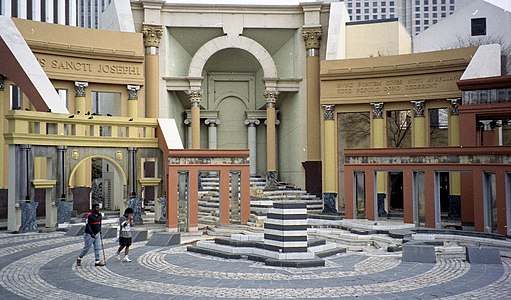
What is Postmodern Classicism
Postmodern Classicism emerged in the 1980s as a critique of modernist architecture’s rejection of historical styles. The movement sought to reintegrate classical elements into contemporary design, reflecting broader cultural, technological, and political shifts of the time.
Historical Context and Key Characteristics
Postmodern Classicism arose during a period of growing disillusionment with modernist urban renewal projects and a desire to reconnect with local and historical identities in the face of increasing globalization. Key features of the movement include:
- Revival of classical architectural elements (columns, pediments, arches)
- Use of traditional proportions and symmetry
- Integration of ornament and decoration
- Playful or ironic references to historical styles
- Combination of modern materials with classical forms
- Attention to local context and vernacular traditions
- Emphasis on the communicative and symbolic aspects of architecture
Cultural Context:
The rise of Postmodern Classicism coincided with a broader cultural shift toward nostalgia, historicism, and the search for meaning in a rapidly changing world. The movement tapped into a desire for continuity and connection with the past, as well as a growing appreciation for regional and vernacular architectural traditions.
Technological Advances:
While Postmodern Classicism often employed traditional building materials and techniques, it also benefited from advances in construction technology that allowed for more efficient and economical production of ornamental elements. The use of computer-aided design (CAD) software also facilitated the integration of classical details into contemporary building projects.
Political Landscape:
Postmodern Classicism gained popularity in the context of the conservative political climate of the 1980s, particularly in the United States and United Kingdom. The movement’s embrace of historical styles and traditional values aligned with the cultural conservatism of the era, while its playful and eclectic approach to historical references also resonated with the emerging postmodern sensibility in art and culture.
Key Innovators:
Several influential architects and theorists shaped the Postmodern Classicist movement, including:
Robert Venturi and Denise Scott Brown: Authors of the influential book “Learning from Las Vegas,” which celebrated the vernacular and symbolic aspects of architecture.
Michael Graves: Known for his colorful and playful adaptations of classical forms in projects like the Portland Building and the Humana Building.
Léon Krier: Influential theorist and proponent of traditional urbanism and classical architecture.
Aldo Rossi: Italian architect and theorist who advocated for a renewed appreciation of history and typology in architecture.
Related Architectural Styles: Postmodern Classicism is closely related to and often overlaps with other architectural movements that emerged in the postmodern era, including:
Postmodern Architecture: A broader term encompassing various styles that rejected modernist principles and embraced eclecticism, ornament, and historical references.
New Classical Architecture: A more focused revival of classical and traditional architecture principles, often with a greater emphasis on authenticity and craftsmanship.
Contextual Architecture: An approach that seeks to harmonize new buildings with their surrounding urban or historical context, often by incorporating local vernacular elements.
Dialectical Materialist Perspective
From a dialectical materialist viewpoint, Postmodern Classicism can be seen as a synthesis of historical architectural forms and contemporary building technologies. The movement emerged from the contradiction between the modernist rejection of history and the human desire for cultural continuity and meaning in the built environment.
This architectural approach reflected broader societal shifts, including a growing disillusionment with modernist urban renewal projects and a desire to reconnect with local and historical identities in the face of increasing globalization. The movement embodied the tension between nostalgia for pre-industrial aesthetic values and the realities of post-industrial society.
Jungian Depth Psychology Analysis
Through the lens of Carl Jung’s analytical psychology, Postmodern Classicism can be interpreted as an expression of several archetypes:
- The Wise Old Man archetype is reflected in the return to classical wisdom and traditional architectural principles.
- The Trickster archetype manifests in the playful and sometimes ironic use of historical references.
- The Great Mother archetype is evident in the movement’s attempt to create nurturing, symbolically rich environments.
The revival of classical forms can be seen as an attempt to reconnect with the collective unconscious, tapping into deeply rooted cultural symbols and spatial archetypes. This reconnection aims to create a sense of continuity and meaning in architecture, addressing the perceived spiritual vacuum of modernist design.
Ego Perspective: Assertions and Insecurities
Postmodern Classicism asserts a belief in the enduring value of classical architectural principles and their relevance to contemporary society. It projects an image of cultural literacy, sophistication, and historical awareness.
However, the movement also reveals certain cultural insecurities. The return to historical styles could be seen as a reaction to anxieties about loss of identity and meaning in modernist architecture. The often eclectic and playful use of classical elements might reflect insecurities about the role of tradition in a rapidly changing world.
Decline and Legacy
While Postmodern Classicism was influential in the 1980s and 1990s, the style began to fall out of favor by the turn of the 21st century. Critics argued that the movement’s use of historical styles could be superficial or pastiche and that it lacked the authenticity and rigor of true classical architecture.
However, the legacy of Postmodern Classicism can still be seen in the increased acceptance of historical references in contemporary architecture and the ongoing debate about the role of tradition and meaning in the built environment. The movement’s emphasis on context, symbolism, and human-scaled design continues to influence architectural thought and practice.
Lasting Influence and Modern Context Postmodern Classicism has had a significant impact on architectural practice and theory. While pure examples of the style are less common today, its influence can be seen in:
- The increased acceptance of historical references in contemporary architecture
- A renewed interest in the communicative and symbolic aspects of buildings
- Greater attention to local context and vernacular traditions in design
- The integration of classical proportions and elements in modern structures
As architecture grapples with contemporary challenges such as sustainability, social equity, and rapidly changing technologies, the principles of Postmodern Classicism are being re-evaluated and adapted. The movement’s emphasis on meaning, context, and human-scaled design continues to influence discussions about creating more livable and culturally resonant built environments.
Bibliography and Further Reading:
Jencks, C. (1977). The Language of Post-Modern Architecture. New York: Rizzoli.
Krier, L. (1998). Architecture: Choice or Fate. Windsor, Berks, England: Andreas Papadakis.
Scully, V. (1988). American Architecture and Urbanism. New York: Henry Holt.
Stern, R. A. M. (1988). Modern Classicism. New York: Rizzoli.
Venturi, R., Scott Brown, D., & Izenour, S. (1972). Learning from Las Vegas. Cambridge, MA: MIT Press.
Read about the Psychology of Other Styles of Architecture
The Psychology of Architecture
The Psychology of Architecture

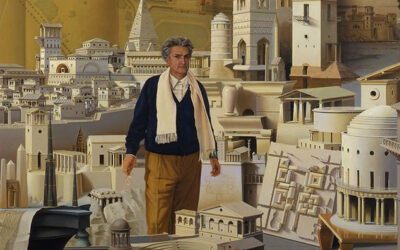
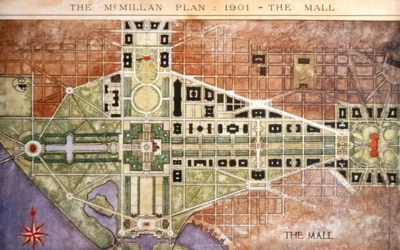









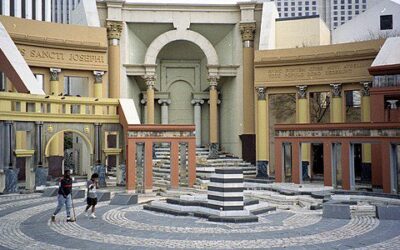
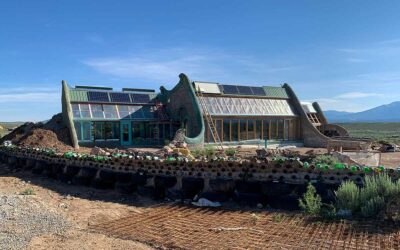
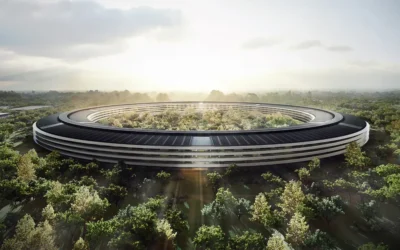
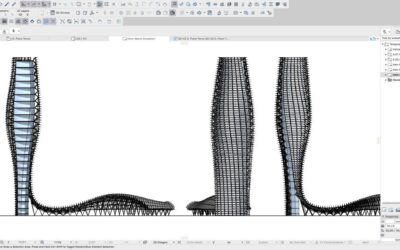
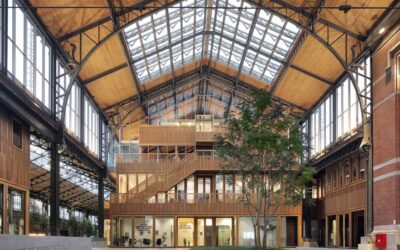


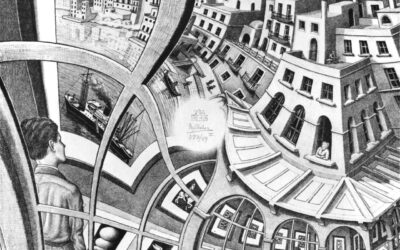

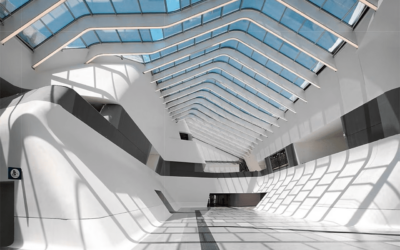

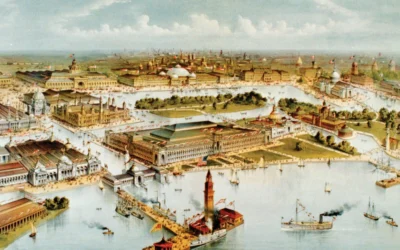
0 Comments